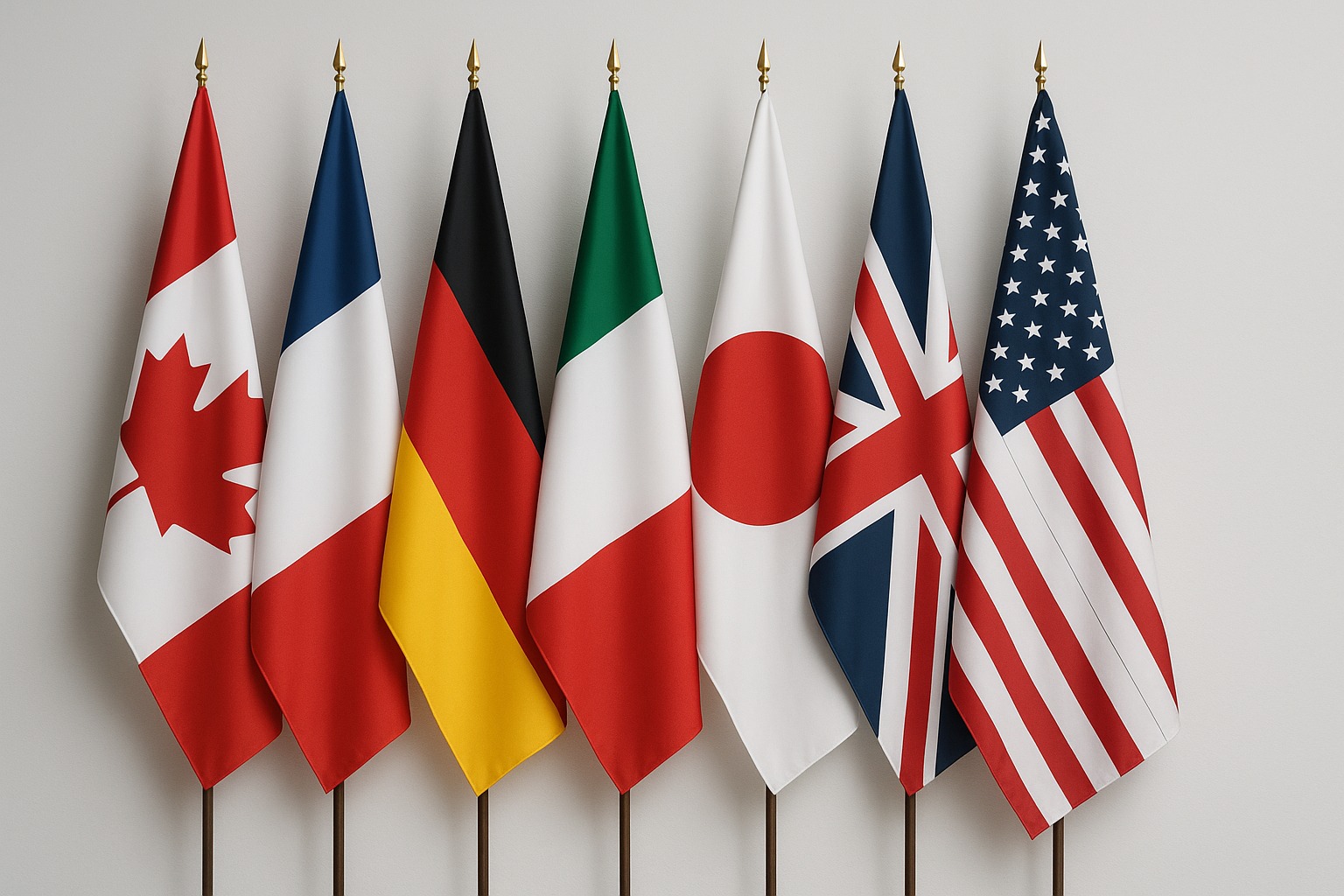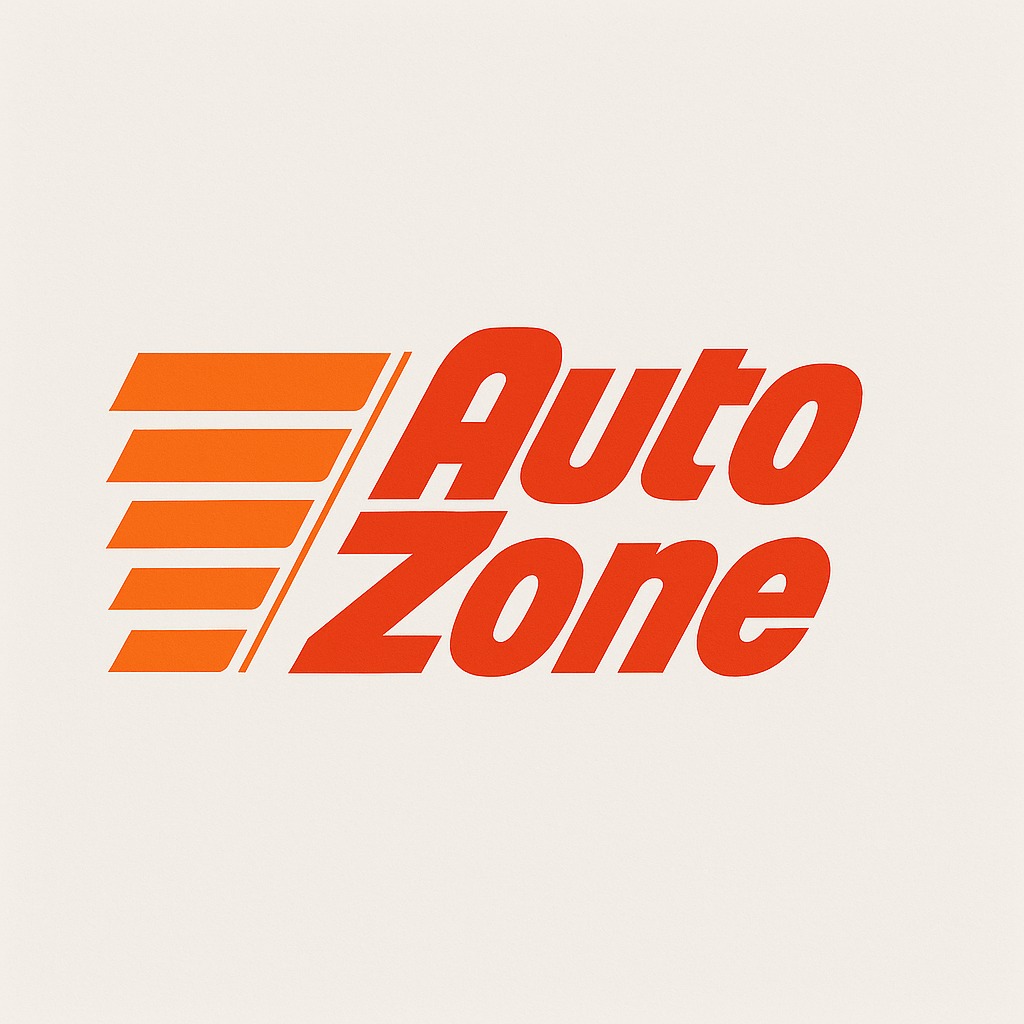Mohawk Industries Navigates Headwinds with Strong EPS Beat Amid Revenue Miss
Mohawk Industries (NYSE: MHK) reported its first-quarter 2025 earnings, delivering a mixed performance: adjusted EPS of $1.52 beat estimates by $0.12, while revenue of $2.53 billion fell short of expectations by $30 million. The results underscore the company’s resilience in a challenging macroeconomic environment, even as it grapples with operational disruptions, tariffs, and soft consumer demand.

Key Takeaways
- Adjusted EPS Outperforms: The $1.52 adjusted EPS reflects cost discipline and margin improvements, despite $25–$30 million in one-time expenses tied to a new order management system rollout in its Flooring North America (FNA) segment.
- Revenue Pressures: The $30 million revenue miss was driven by two fewer shipping days, currency headwinds, and tariffs. However, adjusted sales (excluding these factors) declined just 0.7%, signaling underlying stability.
- Tariff Mitigation: Mohawk is navigating a 145% U.S. tariff on Chinese LVT by expanding domestic production and leveraging Mexican facilities under the USMCA trade agreement. This strategy aims to offset $50 million in annualized costs from tariffs.
Segment Performance and Operational Challenges
- Global Ceramic Segment: Sales rose 1.2% (adjusted basis) on strong U.S. contractor sales and European commercial projects. However, operating margins dipped to 4.8%, pressured by input costs and volume declines.
- Flooring North America (FNA): Sales fell 4.2% (4.8% adjusted) due to the new order system’s teething problems, which caused shipment delays and customer remediation efforts. Adjusted operating margins improved to 3.0%, aided by productivity gains and cost cuts.
- Flooring Rest of World (FROW): Sales dropped 8.8% (2.9% adjusted) amid competitive pricing and weak European demand. Margins held steady at 9.1%, benefiting from productivity improvements.
Strategic Initiatives and Cost Savings
Mohawk remains focused on $100 million in annual savings through restructuring, including:
- Mexico Ceramic Restructuring: A plan targeting $20 million in annual savings by 2025.
- Global Simplification: Reducing product complexity and streamlining operations to achieve $285 million in annualized savings by 2026.
CEO Commentary and Forward Guidance
Chairman and CEO Jeff Lorberbaum highlighted the “softness in residential remodeling” but expressed confidence in Mohawk’s ability to navigate the downturn. Key points from the earnings call include:
- Second-Quarter Outlook: Adjusted EPS is expected to range between $2.52 and $2.62, reflecting improving operational efficiency.
- Long-Term Resilience: Mohawk aims to capitalize on premium product launches (e.g., PETPremier carpets and quartz surfaces) and commercial channel growth. Historically, flooring demand rebounds post-recessions, and the company is positioning itself to capitalize on future recovery.
Risks and Challenges
- Macroeconomic Uncertainty: Elevated interest rates, low housing turnover, and global trade tensions remain headwinds.
- Input Costs: Rising material and labor expenses could compress margins if pricing adjustments lag behind cost increases.
- Inventory Management: Mohawk’s $85.4 million free cash flow deficit in Q1 2025 underscores the strain of tariff-related inventory builds and capital expenditures.
Conclusion: A Mixed Quarter with Strategic Grit
Mohawk’s Q1 results reflect a company navigating significant headwinds with mixed success. While revenue missed estimates, the beat on EPS demonstrates effective cost management and margin discipline. The $50 million tariff-related cost headwind is a manageable challenge, given Mohawk’s supply chain flexibility and geographic diversification.
Long-term, the $285 million annualized savings target by 2026 positions Mohawk to weather the current downturn and emerge stronger. With a net debt-to-adjusted EBITDA ratio of 1.2x and $1.6 billion in liquidity, the company has the financial firepower to invest in innovation and restructuring.
Investors should monitor housing market recovery timelines and input cost trends to gauge future performance. While near-term pressures linger, Mohawk’s strategic focus on premium products and operational efficiency suggests it is well-positioned to capitalize on eventual cyclical upturns in flooring demand.
As of Q1 2025, Mohawk Industries remains a key player in a fragmented industry, and its ability to adapt to tariffs and soft demand could determine its success in the years ahead.










